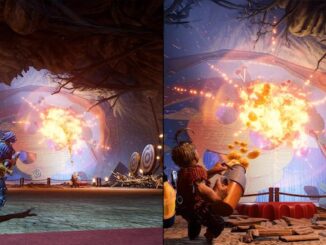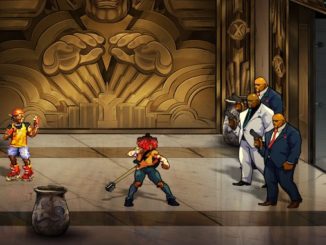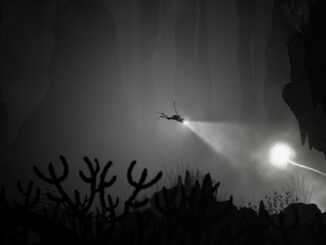For most of my childhood, we were a Sega household. That meant a Genesis and a Game Gear, and untold hours devoted to titles like Mortal Kombat II or Sonic the Hedgehog (console and handheld version). Later still, my parents would surprise me with a PlayStation, the next major evolution in video game hardware and home to such fixtures of my childhood as Crash Bandicoot and Metal Gear Solid.
Like all gamers worth their salt, my particular commitment to one brand during any given generation inevitably left me envious of friends and cousins who enjoyed the competitor at home. The grass, they say, is always greener on the other side, and that was no truer than with my longing for Super Mario Kart and Donkey Kong Country at first, followed by GoldenEye 007 and Wave Race 64 (and later still, Halo and Gears of War).
Eventually, I would get my hands on a lot of these, whether through borrowed consoles or, during undergrad, a true nerd’s commitment to hoovering up all the secondhand hardware I could get my hands on.
Still, gaps remained, and as used game stores and kijiji and the online storefronts of modern consoles made it easier to track down the classics – often in remastered/HDTV-friendly form – I began a latter-day quest to catch up with everything I’d missed all those years ago.
What I’ve found has been interesting: some – like EarthBound – absolutely stand the test of time, with fantastic gameplay and timeless graphics, and which I’d unequivocally recommend playing even after all these years. Others – like Tomb Raider – are just too outdated, too clumsy to really bother with, other than as a historical curio.
All of which brings me to this, the first in a new ongoing feature here at the Toronto Guardian, in which we – belatedly – play fabled older games and tell you, dear reader, whether the hype is warranted. Our only criteria? The game must be something your resident Guardian critic has never played before, and it must be at least fourteen years old. Why fourteen, you may ask? Because I finally plan on getting around to 2011’s Dark Souls, and I’ll be damned if I’m not going to find an excuse to write about it.
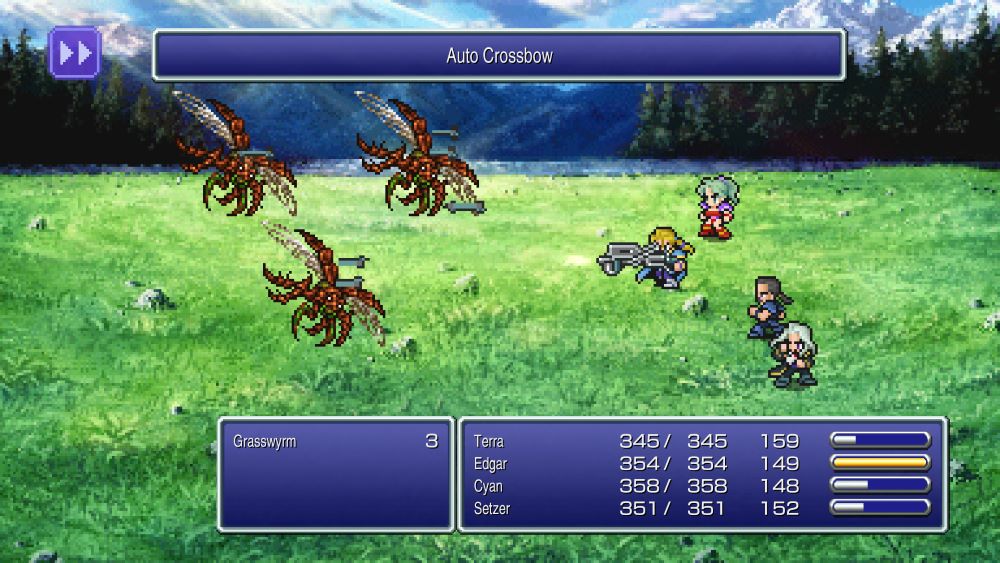
The Game: Final Fantasy VI (1994)
Original Platform: Super Nintendo Entertainment System
Version We Played: Final Fantasy I-VI Pixel Remaster Collection (2023), Nintendo Switch
Verdict: Team Narshe all the way.
Let’s get this out of the way: I consider Final Fantasy VII (that’s seven, not six) not only the best Final Fantasy game, but the best Japanese Role-Playing Game ever made.
I’ve written (probably too much) about my love for FFVII before, but I think it’s worth acknowledging again before I get to its immediate predecessor, the SNES minor-key masterpiece which many fans insist is the superior entry in the fabled series.
Forty-odd hours later I can’t quite say the same, though there’s no question that the FFVI hype is absolutely warranted. On behalf of FFVII diehards everywhere, I am pleased to report the following: go play Final Fantasy VI. It’s great.
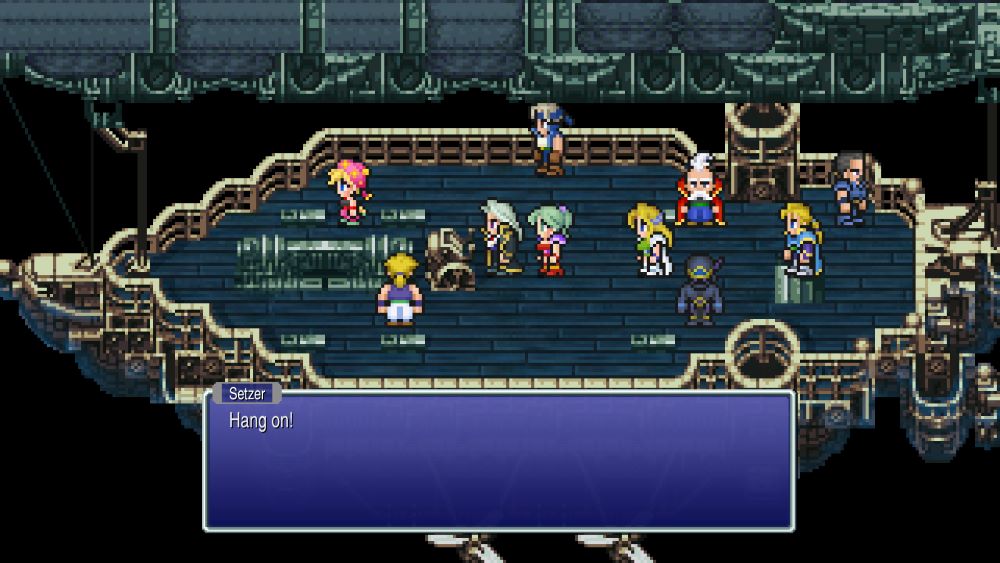
Confusingly, the version of FFVI played by my peers back in the 1990s was known as Final Fantasy III (that’s three, not six, for those keeping track at home).
Publisher Square, skeptical of Western audiences’ receptiveness to the unique Japanese stylings of the FF series, had not seen fit to release the second, third, and fifth entries outside Japan. This left the original Final Fantasy (1987, NES), Final Fantasy IV (1991, SNES, retitled FFII), and Final Fantasy VI (1994, SNES, rebranded as FFIII) as the only games to land on North American shores, until the popularity of Final Fantasy VII finally convinced Square to give belated release to those missing entries.
All of which is to say, if you go hunting today for an original North American FFIII (aka FFVI) cartridge – let alone any of the Japan-only exclusives – you’re looking at shelling out hundreds if not thousands of dollars to play these games in their original format.
Luckily, thanks to our friends at Square, there’s no need to go to the bother: 2023’s excellent Pixel Remaster collection brought together all six of the original 2D games, with modernized but faithful HD graphics and soundtrack, and all the quality of life upgrades one would expect from a modern remaster. The FFVI I recently played is not precisely the same one that released in 1994 — and it’s all the better for it.
For one thing, it’s widescreen, and there’s an (optional) orchestral soundtrack in lieu of the original chiptunes. But far more importantly, certain aspects have been streamlined to improve the overall experience. By far the best change? A togglable point multiplier, which lets you artificially inflate your XP (experience points) instead of dragging yourself through hundreds of low-level battles to rack up the points. Yes, grinding has long been an integral part of the RPG experience; no, I never liked it, and I’m glad to see it thrown out the window so I can focus on story. (Don’t worry, purists, the multiplier is optional: if you really want to spend 12 hours roaming around the Dinosaur Forest battling t-rexes over and over, you still can.)
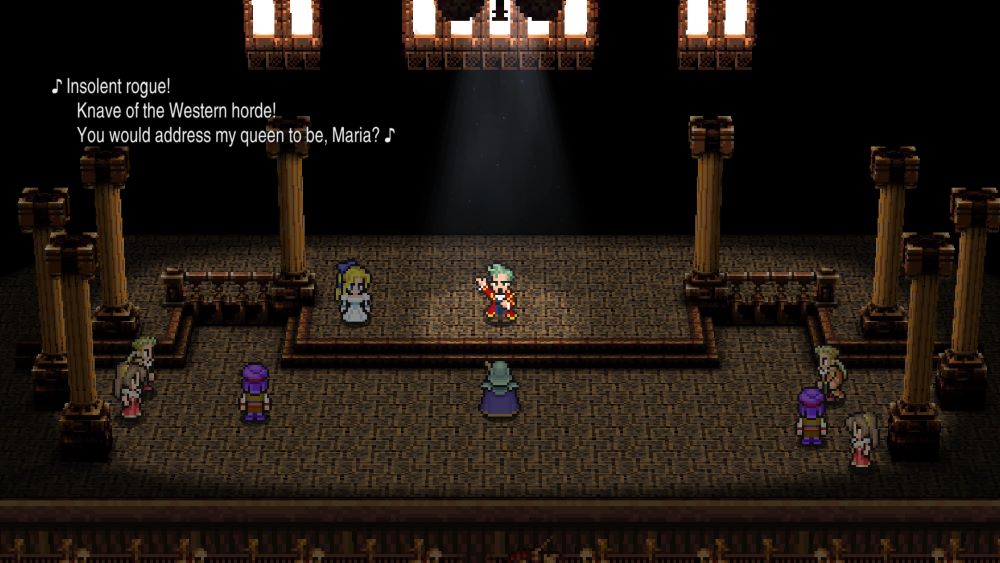
The setup for FFVI is familiar enough: an amnesiac magic-wielder – canonically named Terra, though the game lets you name your own characters, a nice touch which I took full advantage of by renaming Terra after my dog Kira – falls in with a band of revolutionaries, the player soon joining up with the likes of notorious thief Locke (aka my buddy Rob), legendary swordsman Cyan (Matt), and green-haired feral child Gau (Victor).
FFVI’s setting is well-realized, and a joy to explore: the enormous world map features dozens of hidden and not-so-hidden locations, many of which are optional but worth exploring. Areas range from steampunk cities to ancient castles to phantom trains and much more. Unsurprisingly for a game of this pedigree, the storytelling is excellent, ably balancing a plethora of sidequests against a strong narrative throughline: Terra/Kira joining the fight against the cruel Kefka Palazzo, nominally right-hand man to an evil Emperor but harbouring his own plans to seize power.
Characters are all highly memorable and diverse, in terms of design, personality, and what they bring to gameplay. Its cast of fourteen(!) playable characters is still unmatched in Final Fantasy history, giving you plentiful alternatives to try out from both a combat and storytelling perspective. Your experience of FFVI is almost certain to be different from mine, based solely on which characters you decide to bring along in your customizable party of four at any given moment. (In a nice bit of scripting, scenes actually change depending on who happens to be in your party.)
(Spoilers briefly follow.)
Perhaps the most notable thing about FFVI – and the reason why its defenders argue for its superiority to other FFs – is the enormous, world-shaking twist at its midpoint, when the villains win.
As in, Kefka seizes the power he’s been craving, unleashes a massive attack which kills millions and destroys all the places you’ve come to know and love, and throws your fellowship into disarray. The latter part of FFVI is then devoted to picking up the pieces, regrouping, and taking the fight to Kefka, in a last-ditch attempt to save the world. It’s Star Wars, The Empire Strikes Back, and Return of the Jedi all rolled into one, and it’s genuinely impressive how Square gets you so invested in these characters, only to pull the rug out from under them so brutally. The second half of the game is called “The World of Ruin”, and it’s accurate nomenclature.
(Spoilers end here.)
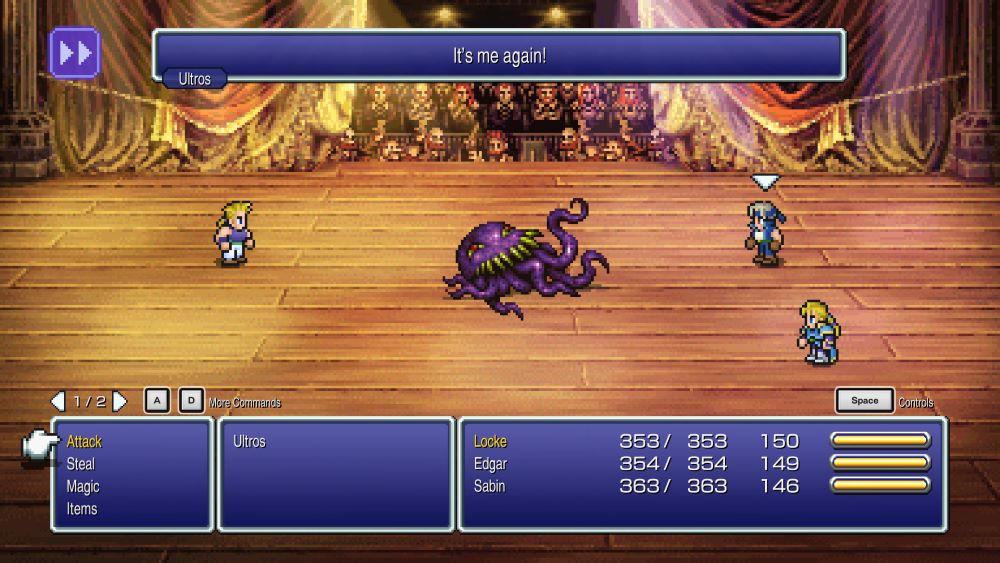
Setting aside the cost-prohibitive nature of tracking down an original cartridge, the Pixel Collection really is the way to play FFVI.
It looks great, whether you’re playing on TV or handheld (the Collection is available on pretty much every modern system, including Switch, Steam Deck, and iOS), and benefits from a host of player-friendly tweaks which make the original hard to go back to.
In addition to the XP “fast-forward” mentioned above, there’s an actual fast-forward button which lets you zoom through combat encounters, not to mention the option to turn off random encounters entirely. You can now save your progress at any time, thanks to a “save state” function which no longer relies on in-game checkpoints. (We’ll be talking a lot about “save states” or “suspend points” in Late to the Game, thanks to the Switch Online Classic Library’s universal save state functionality, but it’s worth noting that the Remaster Collection has this option built right into the game.)
These changes really do make a world of difference: one of the most tiresome aspects of JRPGs is their predilection for random combat encounters. There’s nothing worse than trying to reach an important story beat, only to get dragged into a series of random fights which, at best, suck up time, and, at worst, kill you and send you back to the last checkpoint. I don’t recommend entirely turning off random encounters, but the ability to speed through them, or quickly reset to a “save state” just before a battle, vastly improves things.
FFVI is also interesting as the last great JRPG of the 16-bit era, before these games took a decidedly cinematic turn. Indeed, you can see in FFVI a lot of the ideas that would be developed more fully in Final Fantasy VII. It’s easy to see Terra as a test-run for the more popular Aerith of FFVII, for example. Kefka is a great villain, really one of the best in the genre, but he lacks the complexity of Sephiroth, the “one-winged angel” who may well be the best video game villain of all time. Cloud Strife’s amnesia in FFVII is tied to a far more interesting story – one that actually requires Cloud to be amnesiac for much of the game – than Terra’s more generic “hero who can’t remember things”. FFVI’s soundtrack is very good, though it’s nothing compared to the lush orchestral score that became possible with FFVII’s three-disc PlayStation release.
Moment to moment, though, FFVI easily stands up against any of the greats, before or since. The trademark Square humour is on fine display here, with everything from Kefka’s ridiculous running commentary to the hilarious/scary recurring miniboss Ultros, who looks like a giant octopus, trades in corny jokes, and makes for some of the toughest battles.
FFVI’s side-stories are, keeping in a proud tradition, just as if not more compelling than the main storyline, with wildly entertaining digressions that range from an operatic performance (replete with rehearsals) to optional side quests resulting in three additional party members (including one who dies if you don’t recruit him in time!).
The combat is top-to-bottom fantastic, with new “desperation attacks” serving as an obvious precursor to the Limit Breaks which would become a series staple. I love the airship Blackjack, which makes it easy – and fun – to explore the massive overworld, checking out interesting looking corners, or simply zipping from plot point A to B.
There isn’t much I actively disliked about FFVI, though some of the difficulty spikes were a bit much, even with modern-day modifiers. In particular, there’s a lengthy early section, rafting down a river, where you’re trapped in a series of unavoidable combat encounters against progressively tougher enemies. There’s a good chance of dying here – especially once Ultros rears his comically ugly head – and since there’s no way to really pause and regroup, I wound up having to reset to a much earlier “save state” to better prepare myself. I’m guessing that a lot of SNES players found this section excruciating, since they couldn’t, as I did, fast-forward through an interminable number of battles to level up until I felt comfortable trying again. There are a few other difficulty spikes like this, though nothing so unbearable if you’ve been carefully saving your progress all along.
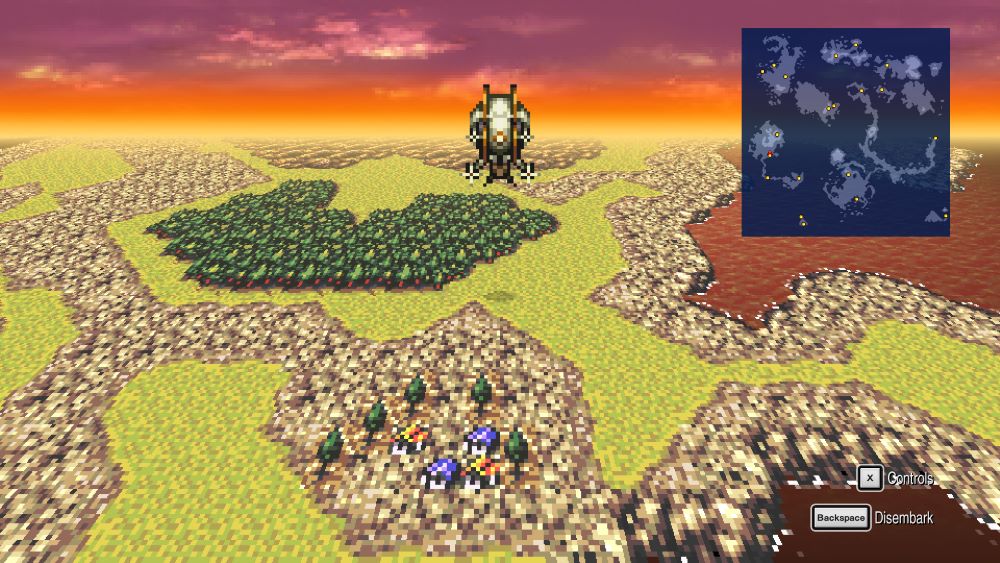
Our verdict for our very first Late to the Game is a resounding yes: Final Fantasy VI is a great, meaty JRPG, well worth your time if you have even a modicum of interest in one of the great role-playing experiences.
Running a good forty hours, dozens more if you track down every optional side quest and boss fight, it’s a particularly nice choice for a long voyage, whether you’re playing on Switch, Steam Deck, laptop, or even your iPhone (where it looks very pretty).
We might be late to the game, here at Toronto Guardian, but better late than never.
***
Final Score: IX out of X caith siths.
Final Fantasy VI Pixel Remaster is available, either on its own or as part of the Pixel Remaster Collection, on PS4/5, Xbox X/S, Switch, Windows, Steam, and for iOS.
Final Fantasy III (SNES) can be found, on eBay or used game stores worldwide, for, like, way more money than you’re probably willing to shell out.

